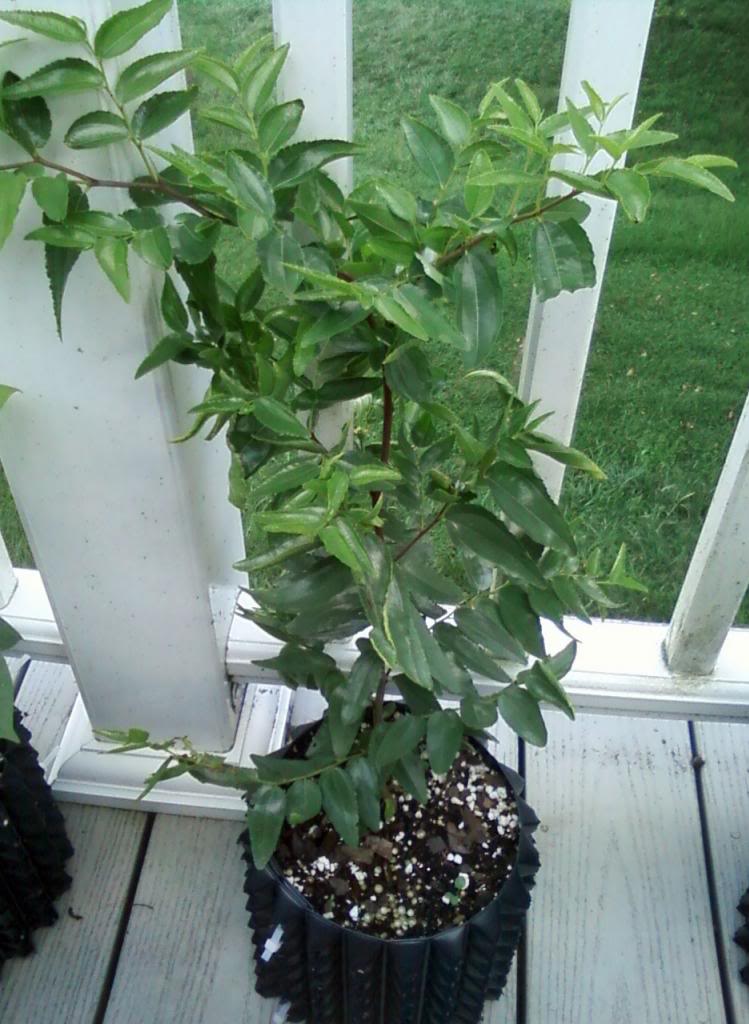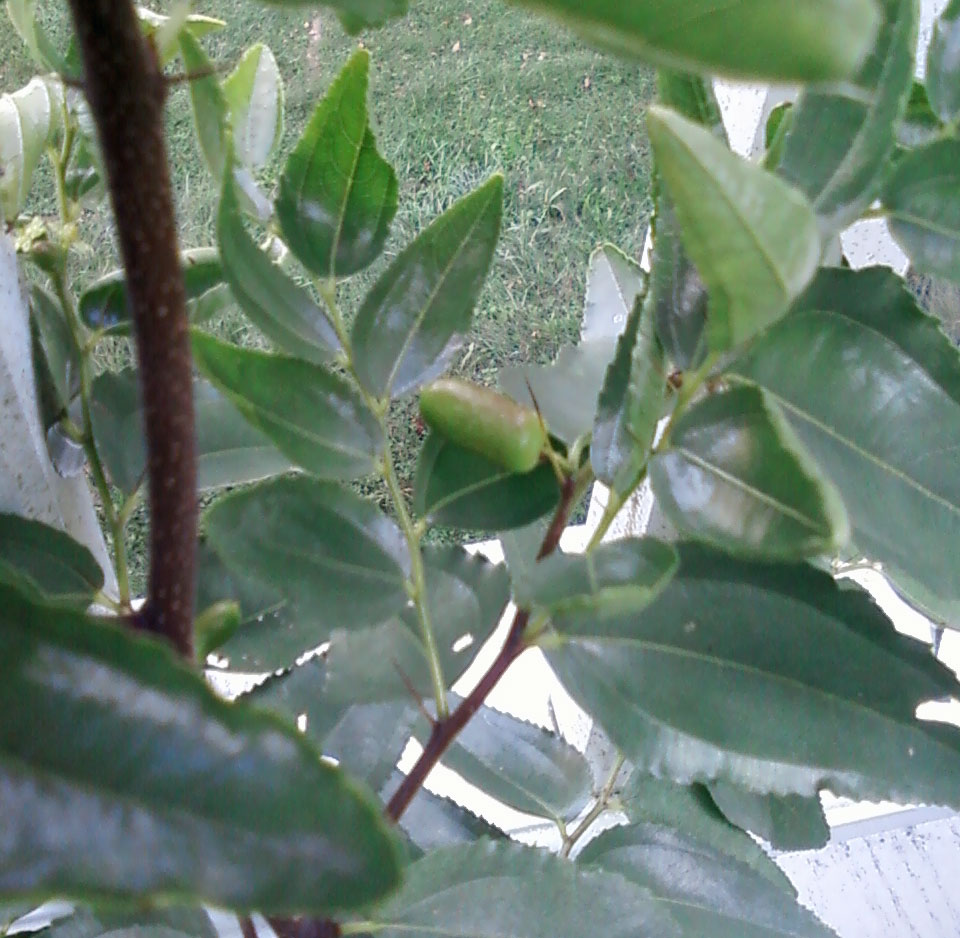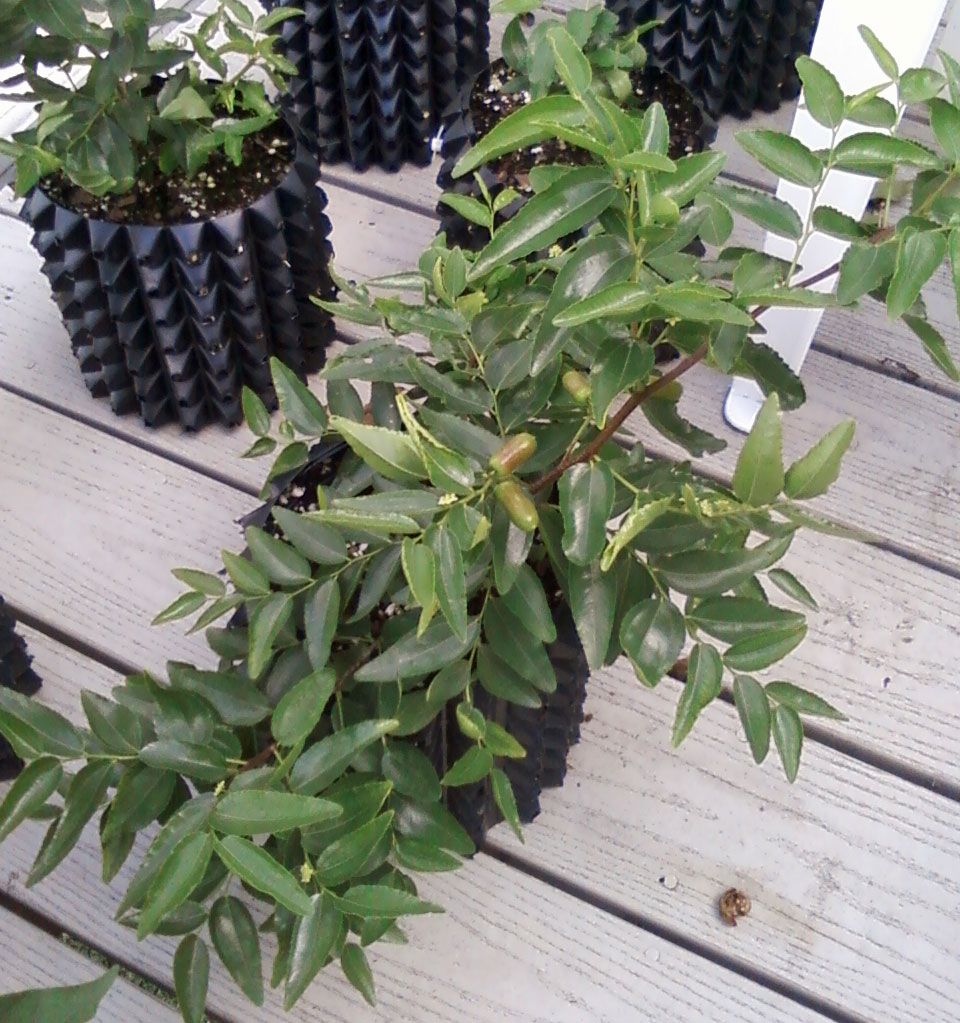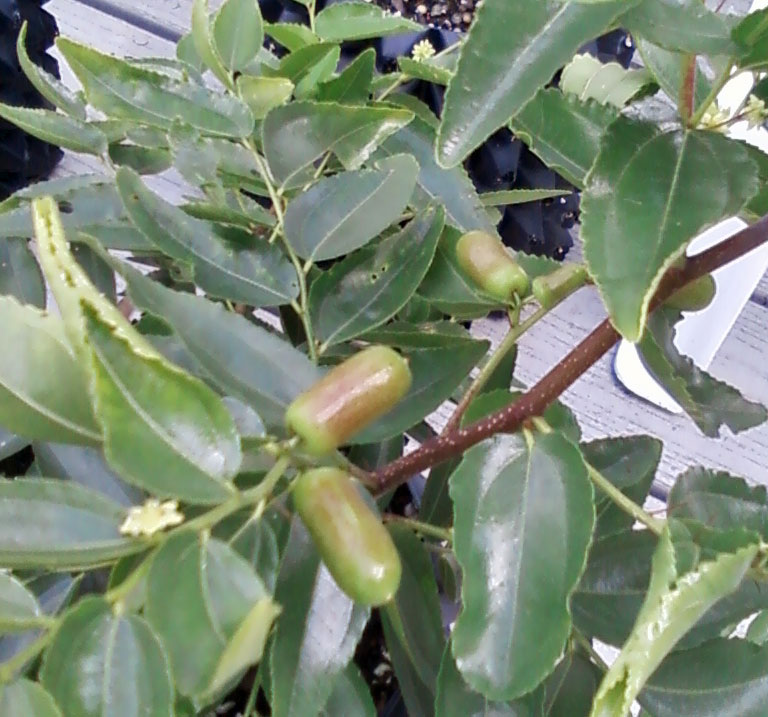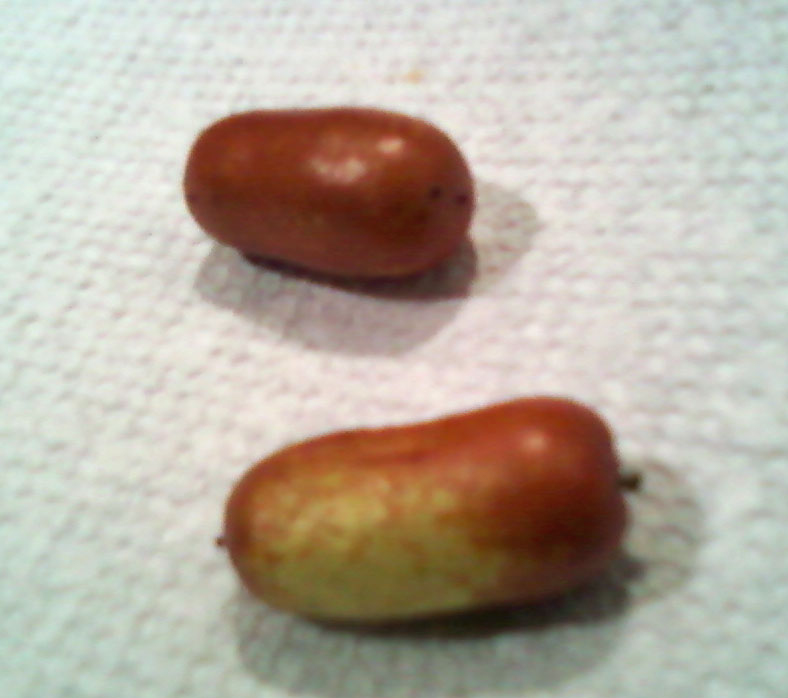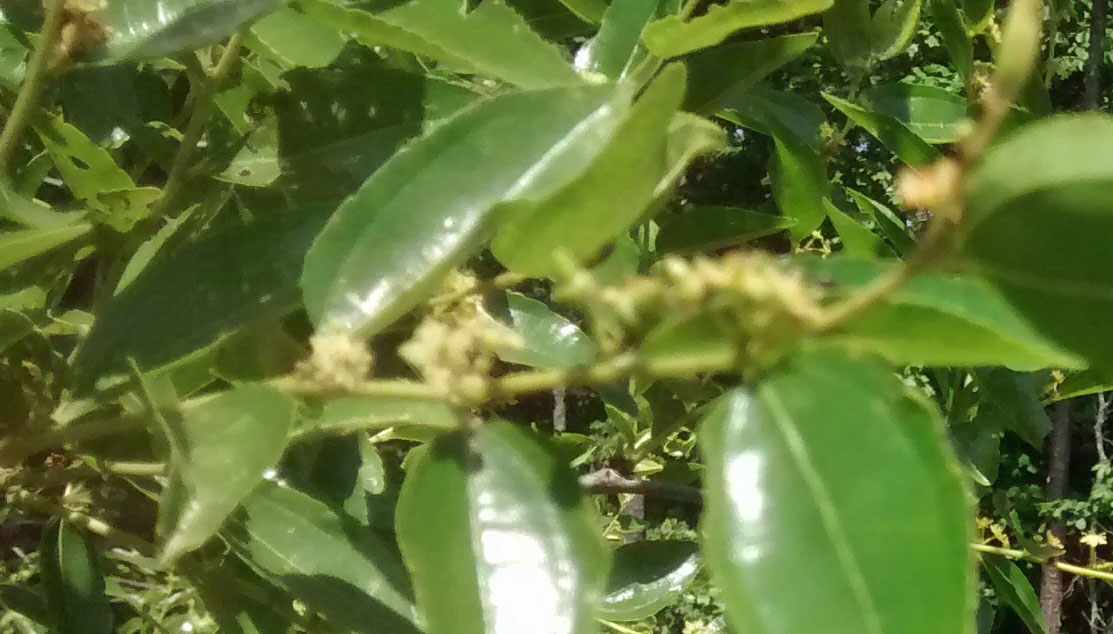yoderjac
5 year old buck +
All my experiences with Jujube so far are documented in this thread: http://www.qrgc-forums.org/QRGC_Forums/yaf_postst163_Jujube-Fruit-Trees-for-Deer.aspx for background information.
Summary:
I started with the Meet the Jujube Article in QW issue 16-6 in Dec 2009. I decided to plant Tigertooth because they ripen during our archery and perhaps into gun season and because I found some grown on their own roots. Since Jujube propagate through root suckers, grafted trees would produce offspring with the characteristics of the rootstock.
I still don't have fruit, but I'm thinking I may need a second variety even though the nursery claimed this variety is self-fertile.
I was able to propagate these through root cuttings taken this March. I now have a few young Tigertooth jujube trees growing in rootmaker pots.
My plan is to graft these next year and plant them. I'm looking for additional varieties. I've developed a candidate list so far. I picked these because I believe they don't ripen before our seasons begin like many varieties, and because I know I can buy scions from England's Orchard.
R3T1
Redlands #4
Russian #5
Silverhill
Sweet Meaty
I'd love to hear any issues folks have with these or any other varieties they think I should consider and why.
Since I will be using Tigertooth as my rootstock, any natural propagation through the root system should produce Tigertooth trees.
Thanks,
Jack
Summary:
I started with the Meet the Jujube Article in QW issue 16-6 in Dec 2009. I decided to plant Tigertooth because they ripen during our archery and perhaps into gun season and because I found some grown on their own roots. Since Jujube propagate through root suckers, grafted trees would produce offspring with the characteristics of the rootstock.
I still don't have fruit, but I'm thinking I may need a second variety even though the nursery claimed this variety is self-fertile.
I was able to propagate these through root cuttings taken this March. I now have a few young Tigertooth jujube trees growing in rootmaker pots.
My plan is to graft these next year and plant them. I'm looking for additional varieties. I've developed a candidate list so far. I picked these because I believe they don't ripen before our seasons begin like many varieties, and because I know I can buy scions from England's Orchard.
R3T1
Redlands #4
Russian #5
Silverhill
Sweet Meaty
I'd love to hear any issues folks have with these or any other varieties they think I should consider and why.
Since I will be using Tigertooth as my rootstock, any natural propagation through the root system should produce Tigertooth trees.
Thanks,
Jack
